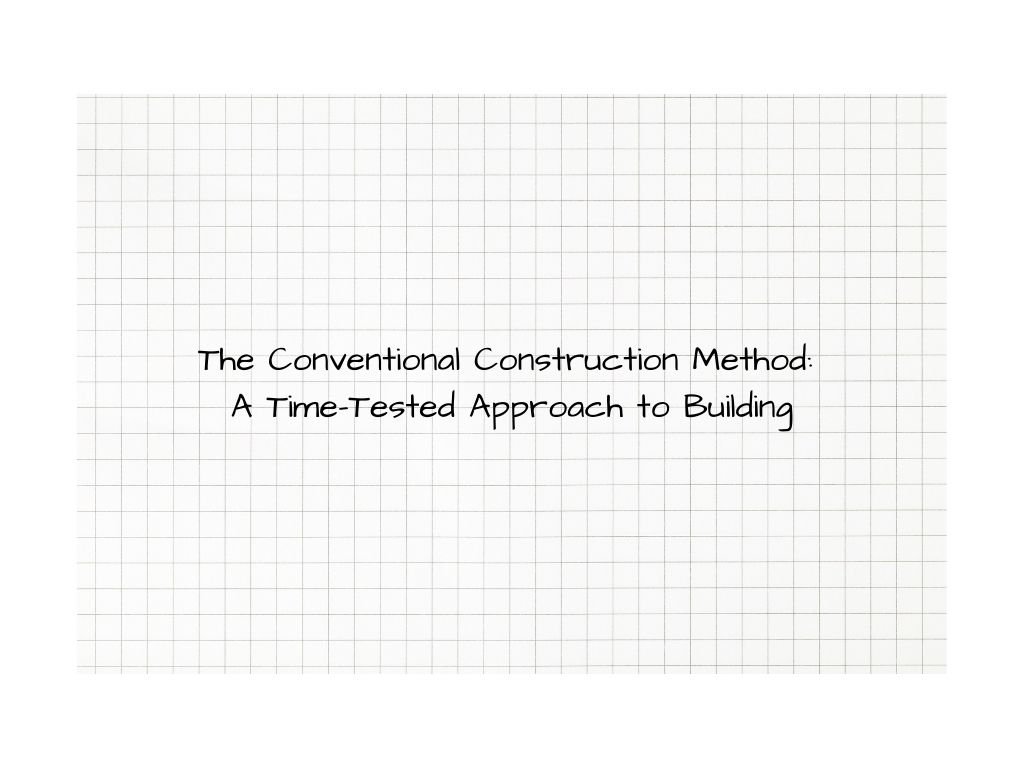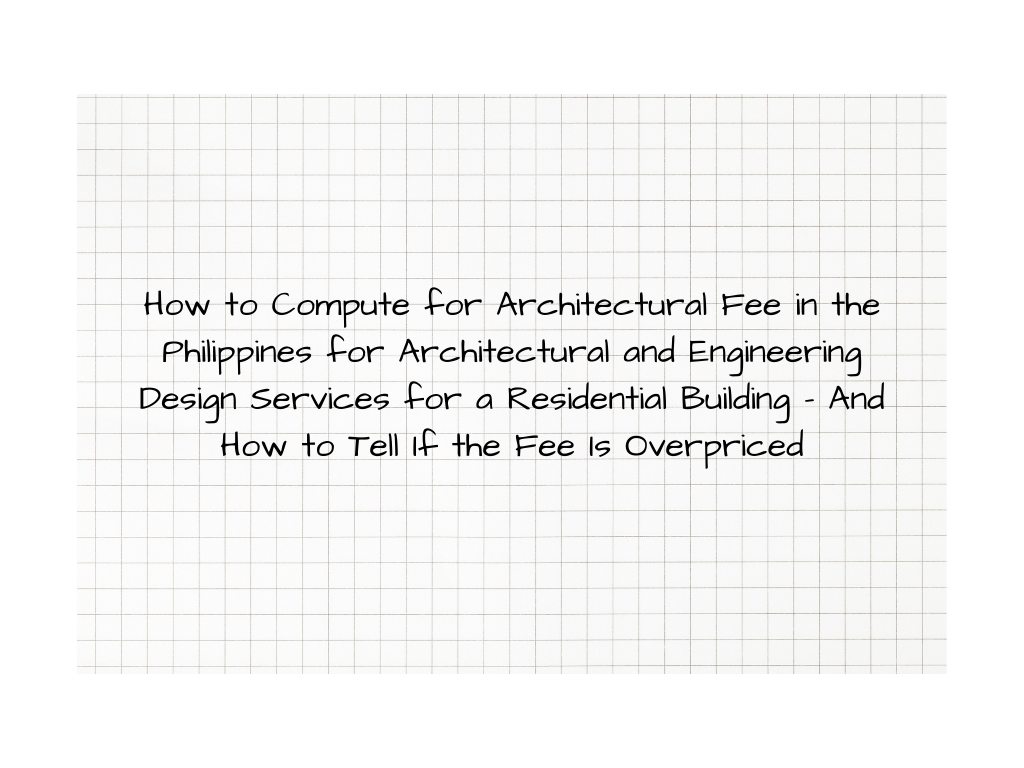You can never go wrong with the conventional construction method which is the most frequently used building strategy. It is now even more complicated to build a structure than it used to be. This is a traditional construction strategy whose basics are still influential to the industry. This method continues to get better and cheaper so even in the future, it will be the choice of many people for building houses.
I was in the construction industry for a long time, and I was a witness of these new building techniques. Anyway, today I want to share my thoughts on the common old method that is still a general in the building sector.
What Is Conventional Construction?
Conventional construction is a simple method that is also called traditional or stick-built construction, and it is just the process of making structures on-site using usual tools and items. It is usually creating a wooden or concrete framework on a concrete foundation, and then installing walls, roofing, and finishing pieces.
Pros of Conventional Construction
1. Familiarity and Widespread Acceptance
The main thing I noticed is that most builders, construction workers, and the city usually use this method. This is why getting permits and normalizing code compliance is easy for it to happen.
2. Flexibility in Design
Traditional construction, however, allows for large customization possibilities. I have seen several situations where the client could easily change the plans during the building process to meet the different purposes.
3. Durability
If built properly, traditional buildings can really be at the disposal of several generations. In my experience, it was well over a hundred years old when I was doing a refurbishment of a house with a solid structure integrity.
4. Local Economic Impact
It ends up being as workers from the area are involved and materials from the region are used in building their houses according to my observation.
5. Easier Renovations
In my opinion, in terms of renovation or stretching, conventionally built structures are generally easier to handle compared to the modern construction methods.
Cons of Conventional Construction
1. Time-Consuming
One of the main issues I have experienced is the process of making a structure unnecessarily long. It needs to be said that the traditional construction method is always quite slower than the other two constructions.
2. Weather Dependent
I have seen a lot of cut-off constructions as a consequence of bad weather conditions when the majority of the work is done outdoors and it is exposed to the elements.
3. Higher Labor Costs
The typical example is that conventional constructions usually need more workers on the site and so it will be much more expensive, especially in the areas where the labor rate is high.
4. Material Waste
There is more leftover from this construction than with the pre-made methods that would usually have high waste, which would be not environment-friendly.
5. Quality Variability
The final look of the product mostly depends on the worker’s level of the skill. I have seen coruscating forgeries but I also witnessed some lousy crafters that had troubles down the road.
Conclusion
This construction industry has given me the insight to perceive both the advantages and the drawbacks of traditional building through long experience. It is a source of flexibility, and as well as familiarity along with time, cost, and environmental consequences are some of the main problems. Thanks to this, it is possible even now to have such green-structures. In my opinion, the most effective way to go forward is to combine both the traditional and innovative construction methods to have more proficient, sustainable, and high-grade buildings.
If conventional construction is a feasible variable you want to have been added to your project then it relies on many issues such as your monetary resources, deadlines, location, and specific specifications. It’s always a good idea to talk to professionals who are experienced and to make a decision based on their advice rather than independently.





2 thoughts on “The Conventional Construction Method: A Time-Tested Approach to Building”